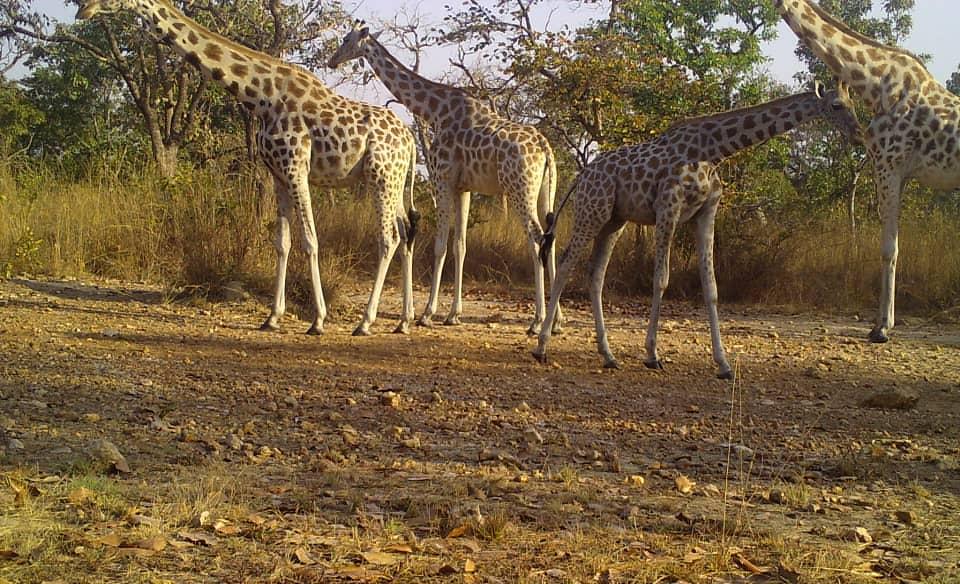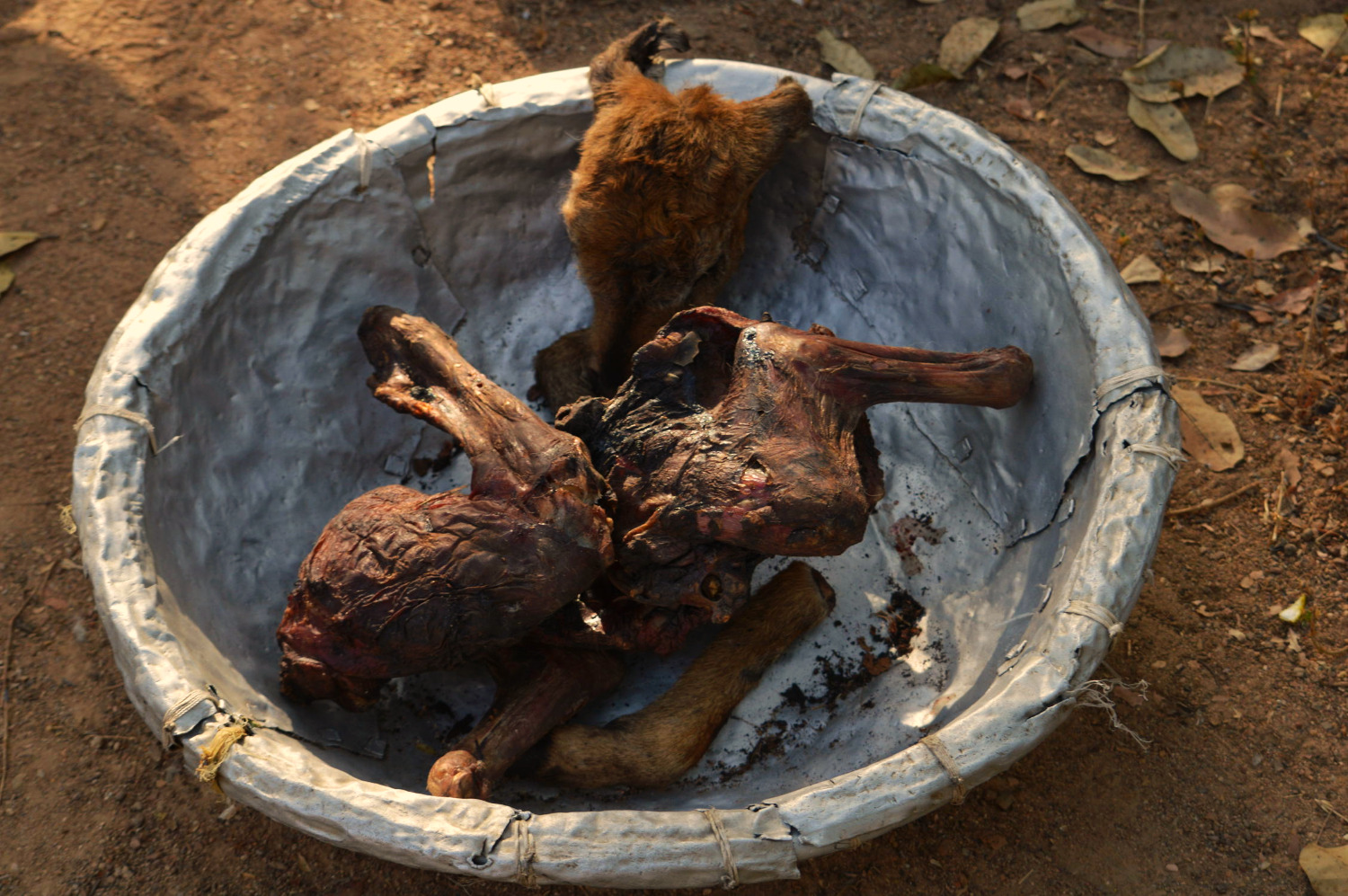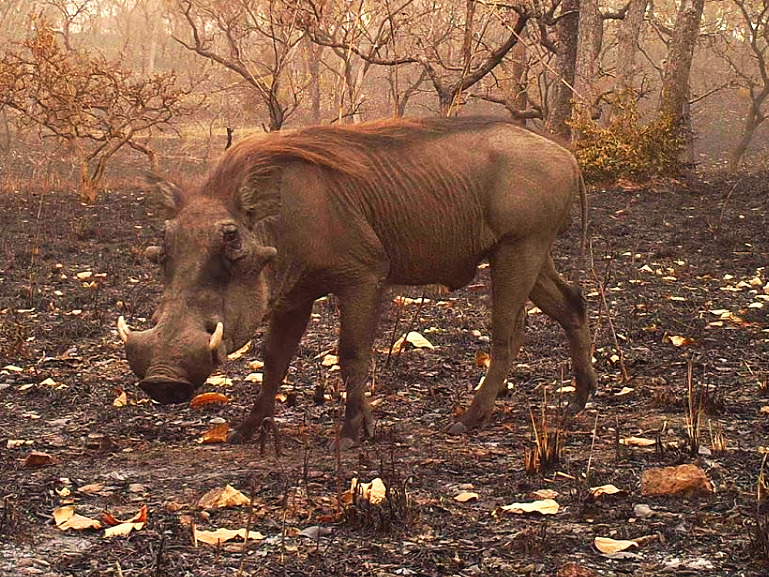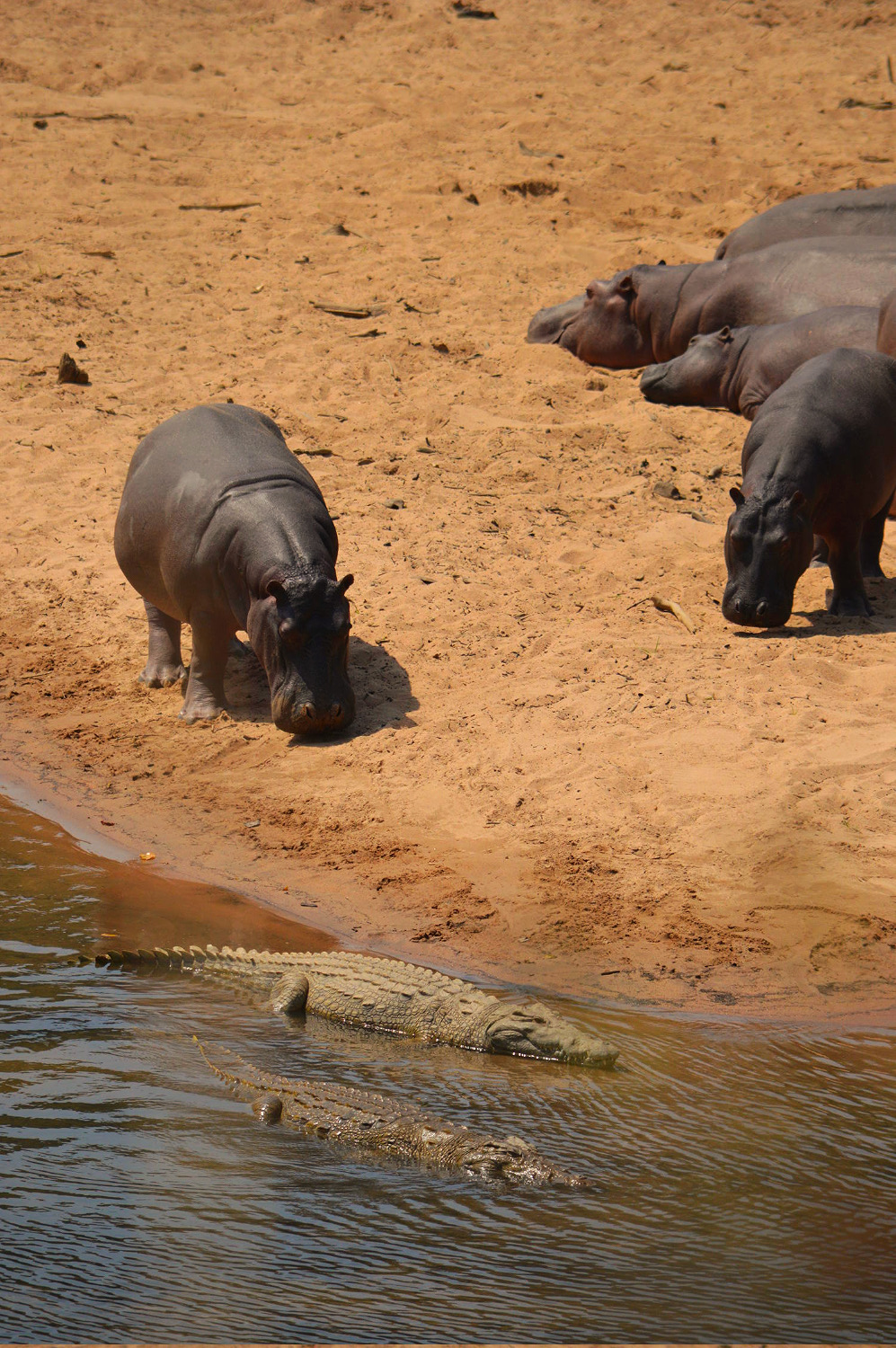MISSION BÉNOUÉ

Introduction
Sekakoh's goal in collaborating with the Conservation service of the Bénoué National Park in North-Cameroon is to restore the breadth of diversity and richness of the wildlife of the Biosphere Reserve.
It is a 180,000ha PA established in 1968 which became a UNESCO Biosphere Reserve 1981 and is one of Africa’s Key Landscapes for Conservation (KLC) in the EU’s 2015 ‘Larger than Elephants’ strategy. It is home to 23 ungulate species, including the Critically Endangered sub-species of giraffe: the Kordofan giraffe. Numbering <2,000 in the wild, the larger Bénoué landscape represents one of its few remaining strongholds. <./p>
However, the park is being rapidly degraded by the activities of illegal gold miners, charcoal production, illegal hunting and encroachment from cattle herders and farmlands. Although the precise drivers are not yet known, recent increases in these anthropogenic threats have coincided with drastic declines in giraffe abundance within the park. Rhino, African wild dog and cheetah have all recently been declared extinct in northern Cameroon. Elephants and lions appear to be equally under threat, with both now being extirpated from Bénoué National Park, though elephants do transit through the park at certain times of the year.
There is now an urgent concern that other large mammals like giraffe and giant eland may be next to be extirpated from the park unless immediate intervention occurs. Sekakoh in partnership with The Bristol Zoological Society support anti-poaching patrols while monitoring wildlife through salt leaks and camera trapping that supports informed conservation decission making. On the same site, Sekakoh with financial support from the Giraffe Conservation Foundation has studied the feeding ecology of the Kordofan Giraffe in the BNP.

Kordofan Giraffe (Giraffa camerlopardalis antiquorum)

Sekakoh and Conservation service team meets and discusses with Elders of the Lamidat of Rey Bouba

Kordofan Giraffe (Giraffa camerlopardalis antiquorum)
Background
Bénoué National Park acquired its name from the Bénoué River. Main affluent of the Niger River, the Bénoué River is a key water source for the wildlife of the park, despite drying up significantly through the long, hot dry season.
The symbolic hippopotamus & Nile crocodile can be easily seen on the banks of the river. Initially created to protect the black rhinos and giraffes, Bénoué National Park failed in providing a safe haven for the former. Today, despite the density and diversity of wildlife, the protected area has undergone a dramatic loss of biodiversity./p>

Infant Kob poached and partially smoked in a gold pan
The Severity of Illegal Mining
Human activity within the park is commonplace. While poaching and illegal pastoralism have been the primary threats for decades, more recently, illegal gold mining has become more severe.
Entire villages have been built in the heart of the Bénoué National Park to serve these mines. As the newly appointed Conservator of the protected area, Kevin Mbamba Mbamba took it upon himself to reinstate law within Bénoué. As a result, despite the ever-present corruption, several illegal villages have been burnt to the ground. The authority of the park now has control over a larger area and anti-poaching patrolls are regular. To follow more of the Conservator's day-to-day actions, visit his blog here.


BÉNOUÉ NATIONAL PARK

1932: creation of the Faunal Reserve
1968: upgraded to a National Park
1980: designated Biosphere Reserve
2015: beginning of the collaboration between the conservator Kevin Mbamba Mbamba and Sekakoh
Size: 180,000ha
Altitude: 250-760m
Habitat: Forested Sav
annahEmblematic animals: lion, Derby eland, girafe, elephant, hippopotamus & Nile crocodile

OUR OBJECTIVES IN THE
BÉNOUÉ NATIONAL PARK
1. CONSERVATION
- Supporting the conservator and his staff in the protection of the park;
- Providing some material to the staff such as GPS and hypsometer
2. RESEARCH
- Studying the population dynamics of large herbivores (specifically giraffes) and lion populations;
- Studying the diversity of small cats (e.g. servals, caracals, wild cats)
3. EDUCATION- Sensitizing the villagers living around the protected area about the importance of the Bénoué National Park;
- Sensitizing the pastoralists to prevent illegal pastoralism.

Sekakoh research team working on the giraffe feeding habit in Benoue National Park



